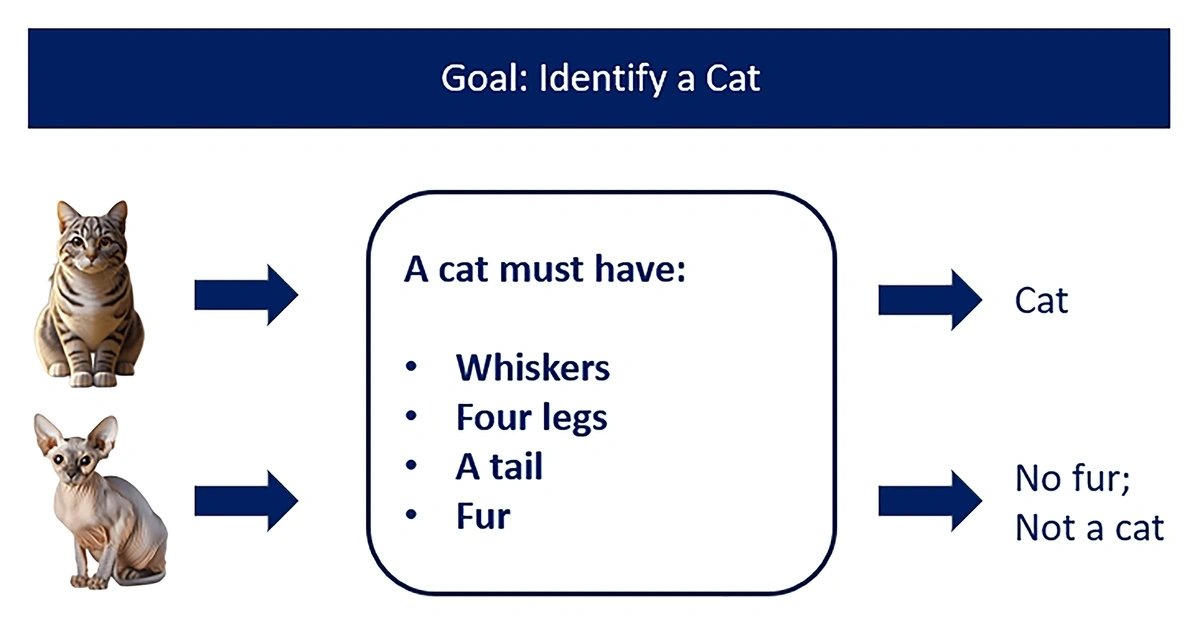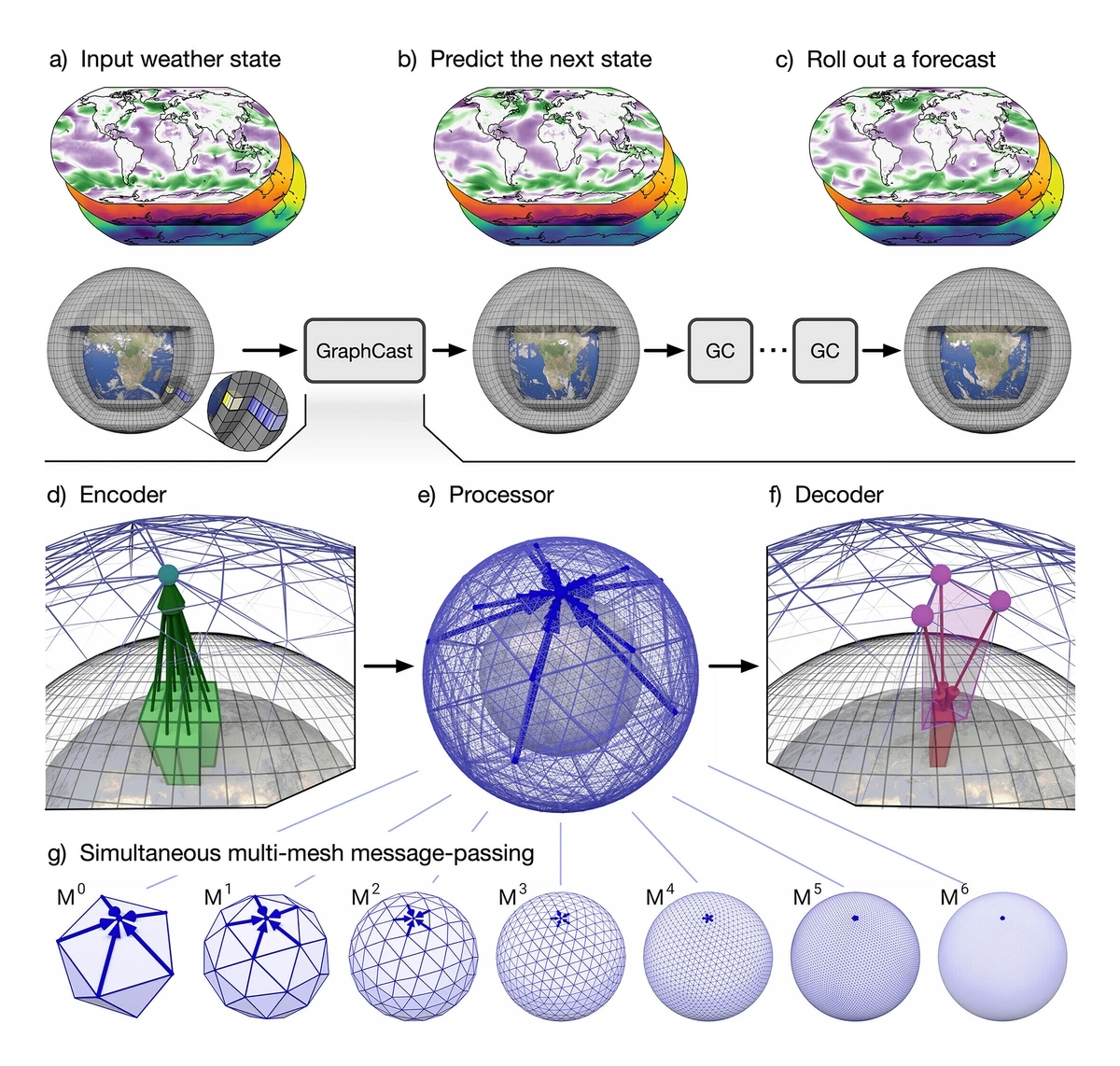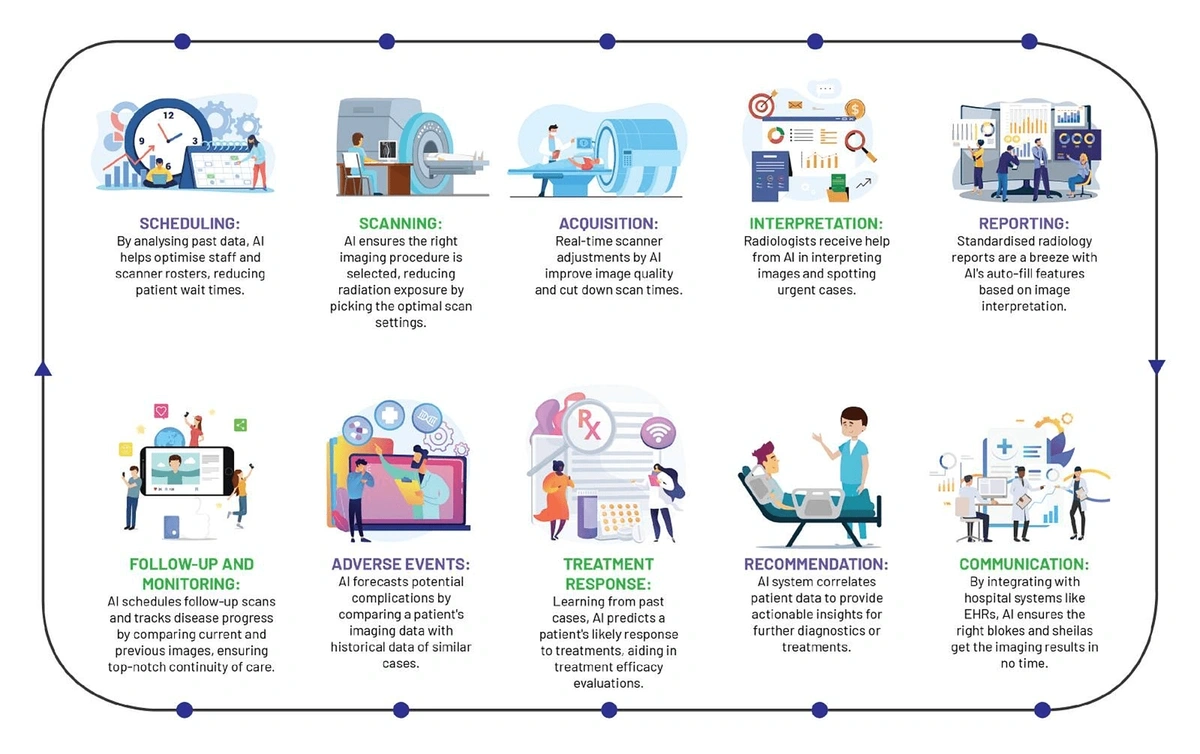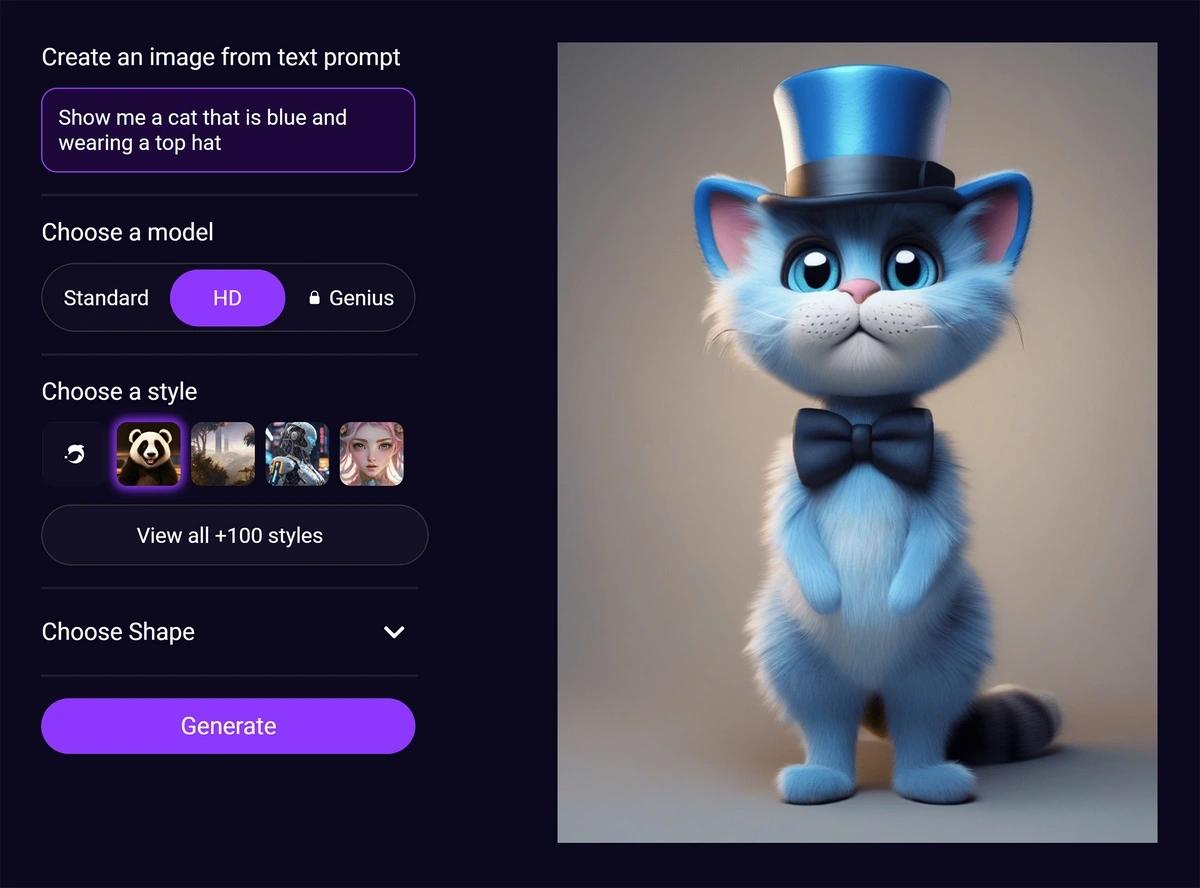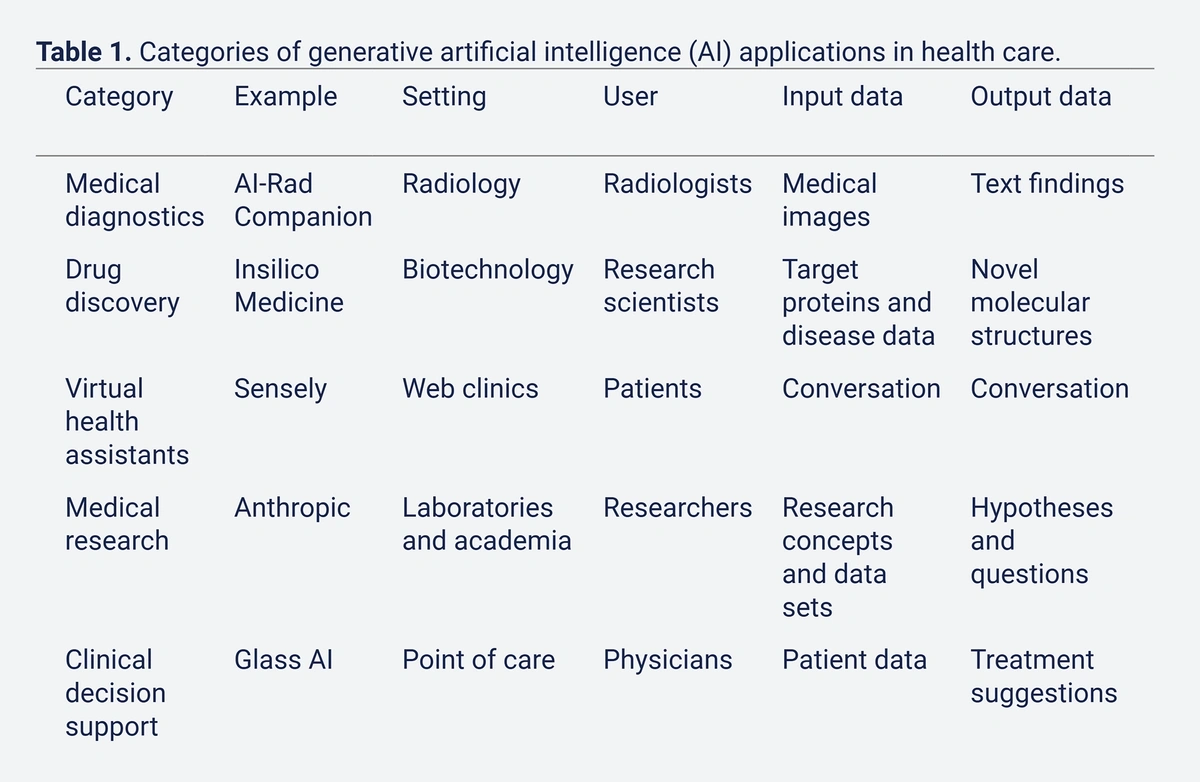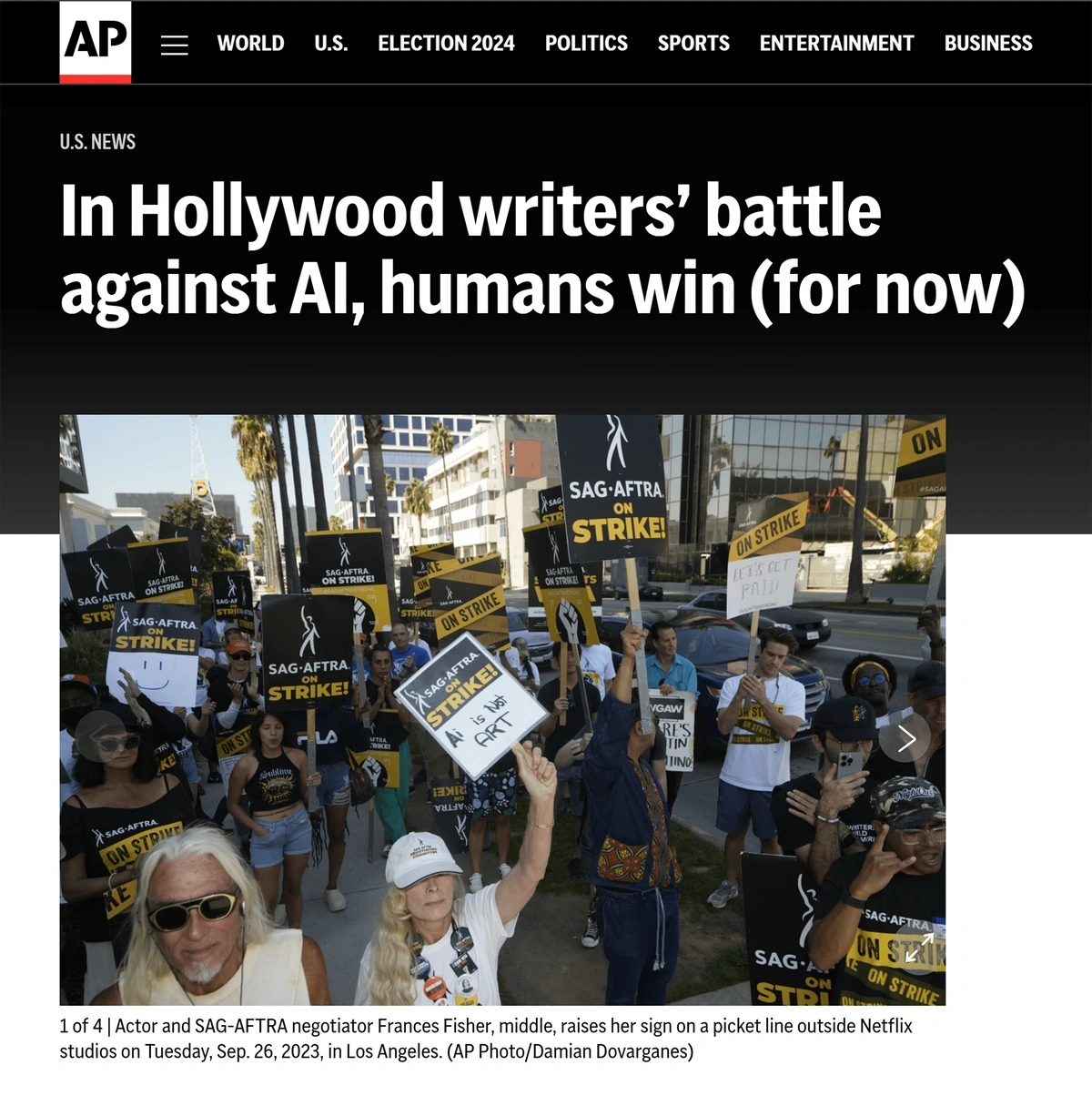
Predictive vs. Generative AI: Key Differences
Predictive and generative AI are at the forefront of AI’s impact on the world.
Predictive AI analyzes patterns in data to forecast future events, from helping businesses anticipate market trends to suggesting new restaurants through a virtual concierge.
Generative AI creates new, unique content from scratch — imagine a computer dreaming up a painting or writing a new song.
In this post, we’ll discuss how both types of AI work and how they’re being used.
Key Differences Between Generative AI vs. Predictive AI
Here’s a brief summary of the main differences between predictive and generative AI:
| Predictive AI | Generative AI | |
| Primary Function | Analyzes historical data to predict future events | Creates new, unique content from learned data |
| Data usage | Uses patterns in existing data to make forecasts | Uses patterns to generate novel outputs |
| Technology | Based on models like neural networks that classify or predict | Based on models like GANs (Generative Adversarial Networks) that create new data |
| Examples | Forecasting and classification | Text and image generation |
| Applications | Business analytics, healthcare diagnostics, operational efficiency | Creative industries, entertainment, custom content generation |
| Ethical concerns | Privacy issues, data bias leading to inaccurate predictions | Copyright issues, replacing human creativity, ethical use of created content |
What Is Predictive AI?
Predictive AI refers to the use of machine learning models and statistical techniques to analyze historical data and predict future events or behaviors.
For example, let’s say you want an AI model to identify whether an image contains a cat.
Traditionally, this task was handled by “rule-based AI.”
Rule-based systems operate on explicit instructions, such as "a cat must have whiskers, four legs, a tail, and fur."
Rule-based AI systems can struggle with edge cases that don’t fit into a pre-existing rule set.
While rule-based systems can work, they struggle with variations and exceptions.
For instance, what if the image shows a cartoon cat? What if the image is a real cat that, unfortunately, has lost a leg?
These scenarios reveal the limitations of rule-based AI, which cannot easily adapt outside its predefined rules.
Predictive AI uses a more flexible approach.
Specifically, predictive AI employs neural networks trained on thousands of images labeled as “cat” or “not cat”.
Stanford computer scientist Andrew Y. Ng with an image of a cat that a neural network identified in 2012. Source
Through training, the AI learns to recognize various forms of cats, including cartoons and cats in different poses or with missing limbs.
This learning process allows predictive AI to adapt and accurately classify new and diverse images of cats.

Predictive AI models typically perform well at classification tasks. In this case, identifying an image of a cat.
Predictive AI Applications
Predictive AI has applications beyond simple tasks like identifying cats.
In weather forecasting, it analyzes historical data to predict future conditions, which is essential for sectors like agriculture and event planning.
Predictive AI can be used for weather forecasting.
In radiology, predictive AI analyzes scans such as x-rays and MRIs to diagnose diseases and predict complications by comparing patient data with historical records. Recent studies show that AI integration increases diagnostic accuracy and efficiency.
Predictive AI can play a role across several healthcare touchpoints.
Challenges of Predictive AI
Predictive AI faces data privacy challenges due to its need for extensive personal data, raising ethical and security concerns.
Its effectiveness also hinges on data quality, potentially leading to biased predictions from flawed input.
What Is Generative AI?
Generative AI involves creating new, unique content using advanced models like Generative Adversarial Networks (GANs).
Popular generative AI tools include OpenAI’s ChatGPT, DALL-E, and Whisper, and Anthropic's Claude. You also interact with generative AI when you chat with a customer service chatbot.
Imagine that you want to create completely new cat visuals.
Generative AI accomplishes this by learning from a vast collection of cat photos, understanding key features like fur patterns, eye shapes, and poses. It then combines these elements in novel ways to generate unique cat images.
Generative AI models like ChatGPT and Midjourney excel at generating images based on text prompts.
Generative AI Applications
In the arts, artists use generative AI to create new artworks that combine traditional elements with AI-generated ideas, enhancing creativity.
In entertainment, composers employ it to generate unique music pieces, inspiring new sounds and compositions.
Generative AI is also used in medicine. It enhances or generates new medical images for training and can simulate rare conditions in detailed images for radiologist training, reducing the need for real patient images.
A few examples of where generative AI can play a role in the medical field.
Challenges of Generative AI
Generative AI presents significant challenges and ethical concerns in creative industries.
In a recent 148-day strike involving Hollywood screenwriters, one of the key issues was the use of AI in filmmaking.
The eventual agreement included stipulations that AI cannot be used to write scripts, and AI-generated writing cannot be considered source material.
Similarly, in the music industry, a recent open letter from artists warned against AI's potential to misuse their work or replace them entirely.
Final Thoughts
Predictive and generative AI are reshaping our interaction with the world. Predictive AI analyzes vast datasets to foresee events, aiding in weather forecasting, business planning, and medical diagnostics. Generative AI, on the other hand, innovates by creating unique content in art, music, and more. As these technologies advance, they introduce ethical challenges including privacy issues, job displacement, and the use of AI in creative fields.

